
The US has tried almost everything to win the technology race with China, in areas as diverse as AI, energy, self-driving cars, drones and electric vehicles. But so far, nothing has worked.
China’s electric cars are cheaper and, by many measures, better than America’s. The country also dominates the consumer drone market. Self-driving cars are already hitting the streets of Wuhan and Beijing, at a pace that Waymo and Tesla have yet to match.
More importantly, China still produces the vast majority of the world ’s solar panels and batteries. While the US and its allies still maintain a lead in advanced microchips and AI, the gap appears to be closing faster than ever.
The Chips Explode
In an interview with Bloomberg on May 28, Nvidia CEO Jensen Huang shared his views on the strong growth of AI rivals from China, amid the US tightening technology export regulations. The manager said Chinese technology companies have begun to fill the gap, making the competition more fierce.
“Protecting Chinese chipmakers from US competition only strengthens them abroad and weakens America’s position. Export restrictions have spurred Chinese innovation and scale,” Nvidia’s CEO warned.
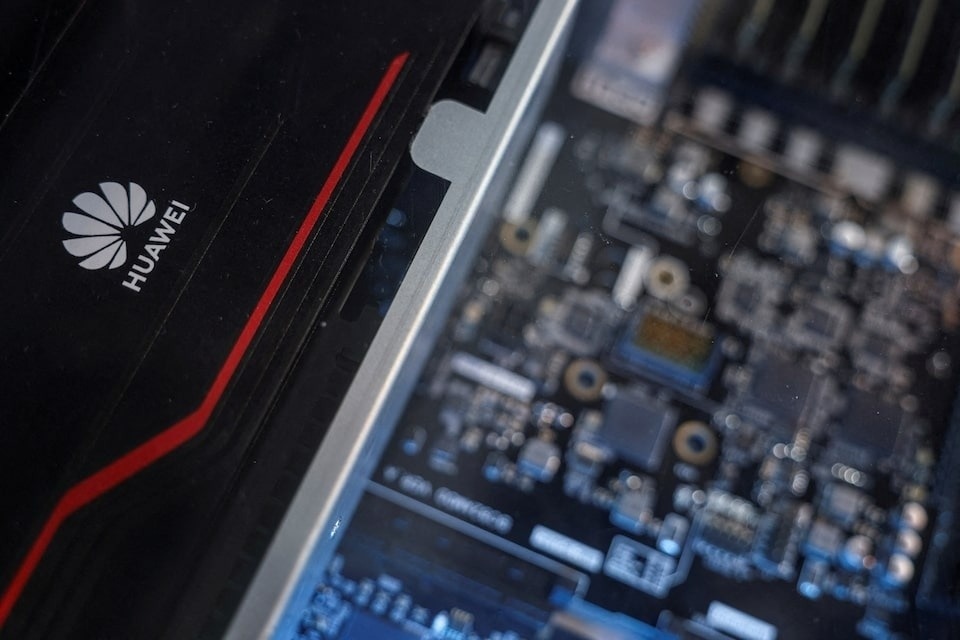 |
Huawei's latest AI chip, the Ascend 910C, is expected to play a key role for Chinese companies following the latest export restrictions from the US. Photo: Reuters. |
In fact, in the absence of chips from the US, China has turned to chips designed and manufactured entirely domestically by companies such as Huawei, Cambricon, CXMT and Semiconductor Manufacturing International Corporation (SMIC).
Although each of Huawei's latest Ascend 910C AI chips is only one-third as powerful as Nvidia's, it can cram five times as much into the AI CloudMatrix 384. Notably, in terms of raw power, a key metric of how much memory is packed into each CloudMatrix computer, Huawei has surpassed Nvidia.
The CloudMatrix 384 AI solution is also a notable step forward for China. This rack-scale engine offers higher performance than the Nvidia GB200, but at the cost of power consumption. It has attracted attention from Chinese companies, especially as neighboring countries like Singapore and Malaysia are cracking down on semiconductor smuggling.
Why China?
The Wall Street Journal attributes much of China’s success to its ability to allocate vast sums of money to areas deemed key. By 2024, the country will invest $500 billion in research and development, three times more than when Mr. Xi took office in 2012.
According to the Organization for Economic Cooperation and Development (OECD), China spends nearly as much on R&D as the United States when adjusted for purchasing power parity.
AI is a key area of investment. A 2024 study found that Chinese government venture capital funds poured nearly $200 billion into 9,600 AI companies between 2000 and 2023. In addition, the WSJ quoted experts as saying that China has a unique combination of assets that no other country in the history of US trade wars has possessed.
The country’s huge population is exceptionally well educated, from skilled factory workers to engineers trained at the country’s universities. Nvidia’s CEO has repeatedly said that half of the world’s AI engineers are in China.
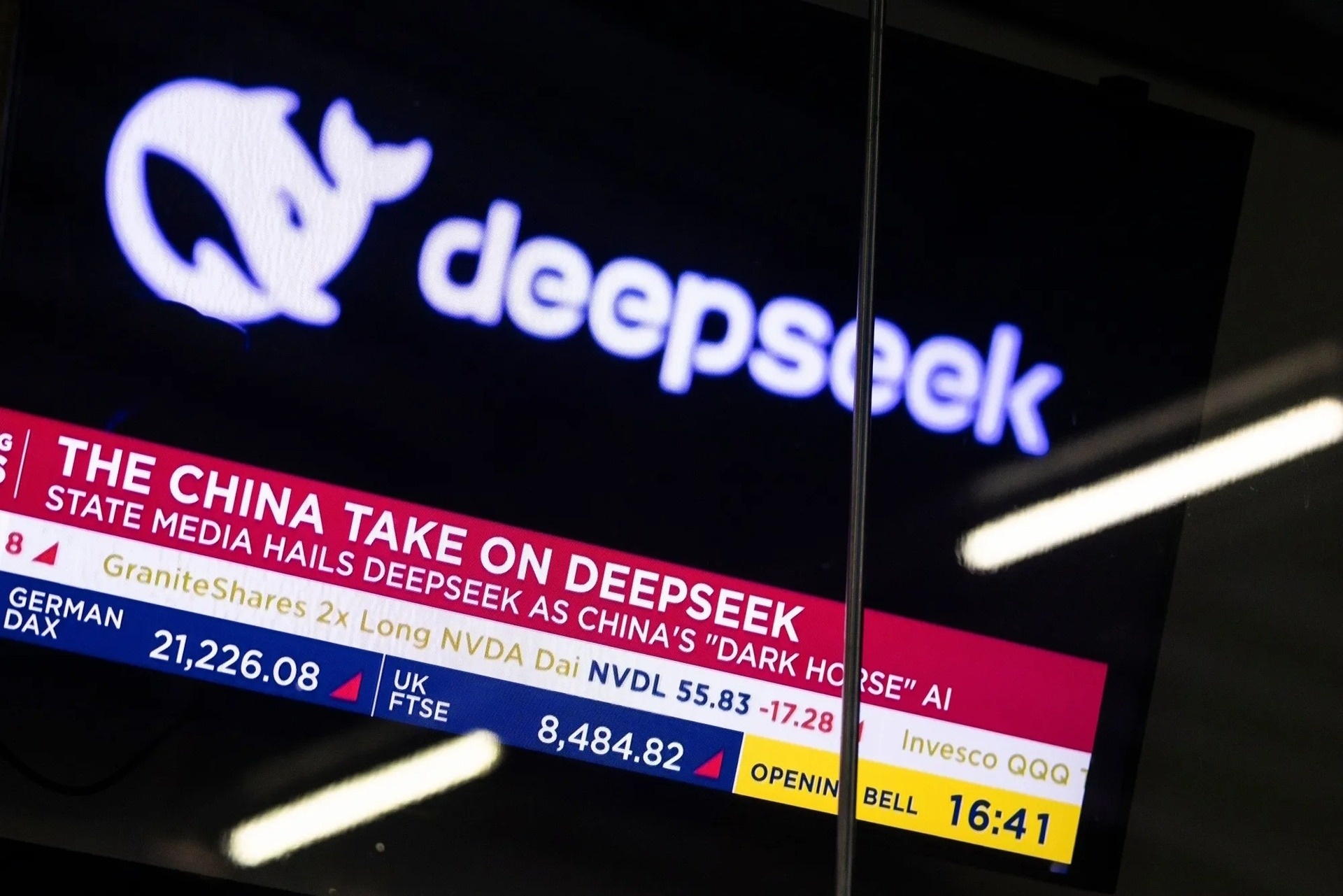 |
Startup DeepSeek made waves in the tech world in January. Photo: Bloomberg. |
In addition, the country has a huge domestic market, which can incubate companies within its borders before going global. Every year, China still produces a larger proportion of everything it needs, from the smallest chip components to the largest cargo ships.
The country still has a very powerful “weapon”: a near-monopoly on the mining and refining of rare earths, a series of important elements in the production of advanced technology.
China has large reserves of these elements, such as dysprosium, which is used in electric vehicle magnets and wind turbines, and yttrium, which provides heat-resistant coatings for jet engines. According to the International Energy Agency (IEA), China accounts for about 61% of rare earth production and 92% of rare earth refining.
Meanwhile, some rare earth metals needed to make smartphone components are not common in the US. Scandium (Sc), for example, is used in alloys when making batteries. The last time the US produced Sc was 50 years ago.
“Even if by some miracle you found all the rare earth minerals needed for a phone in the US, you would still need to build refineries to process those minerals. Of course, companies would need to hire workers to do this,” Android Authority notes.
Source: https://znews.vn/my-cam-cong-nghe-trung-quoc-cang-phat-trien-post1557330.html








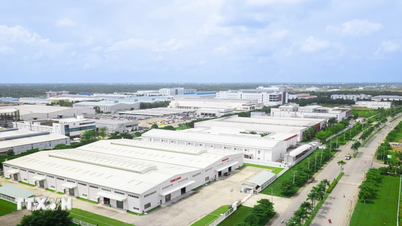





























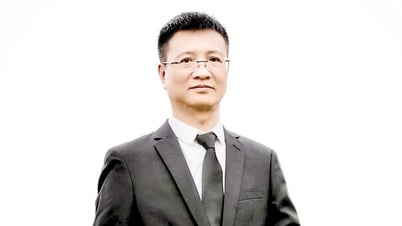










































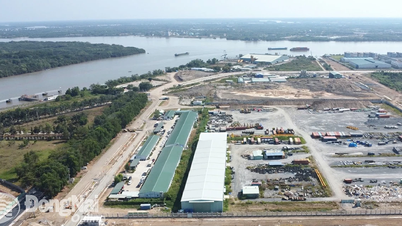

















Comment (0)